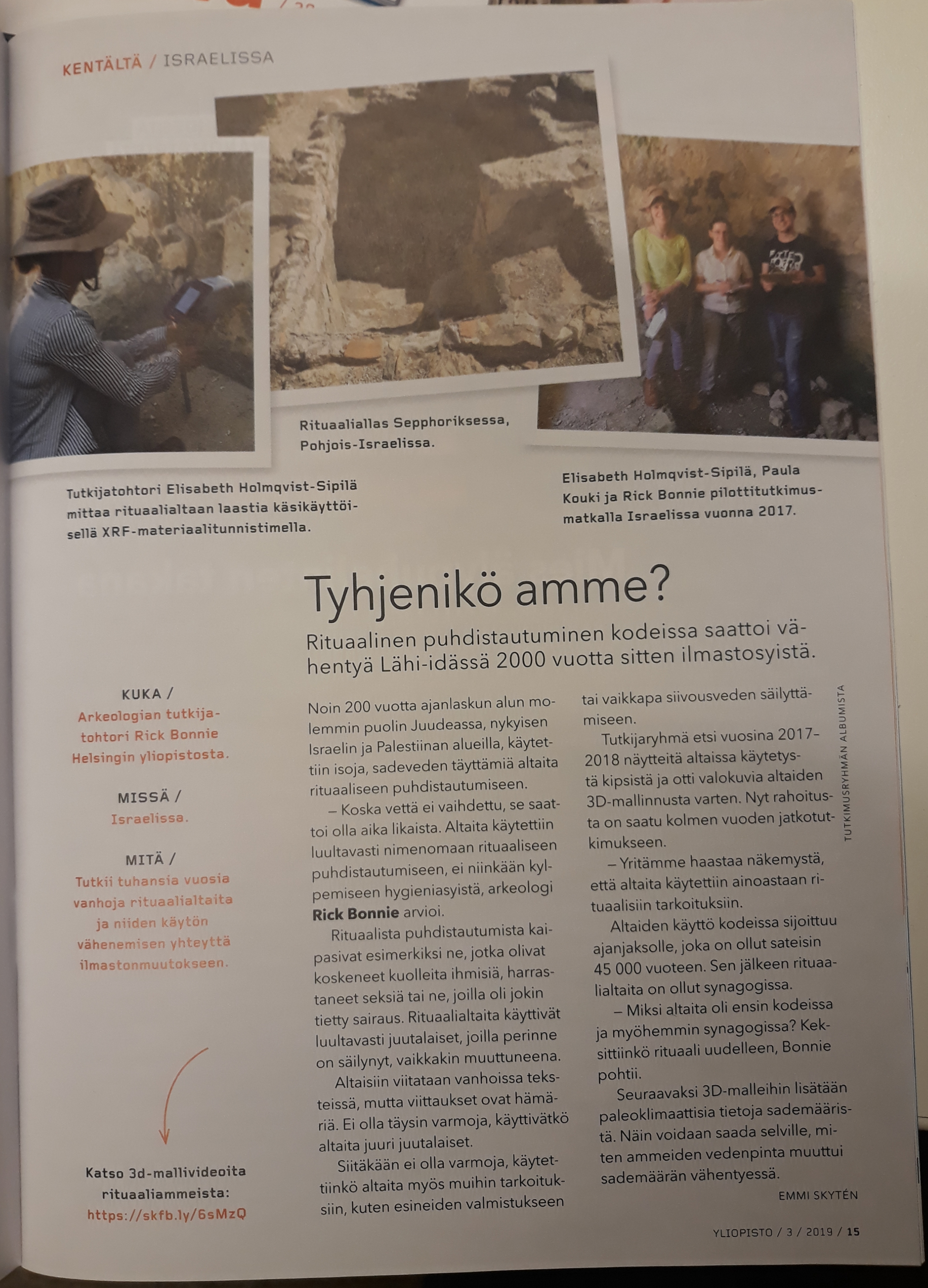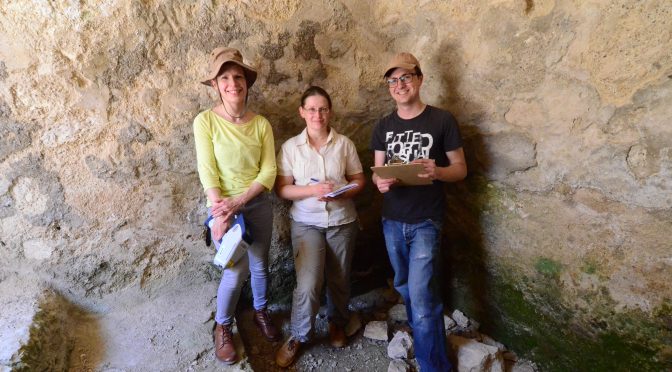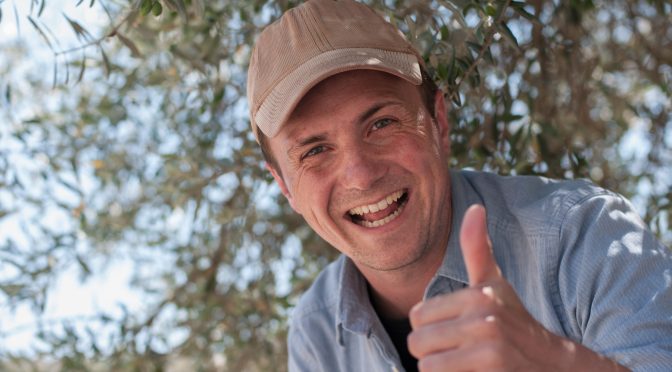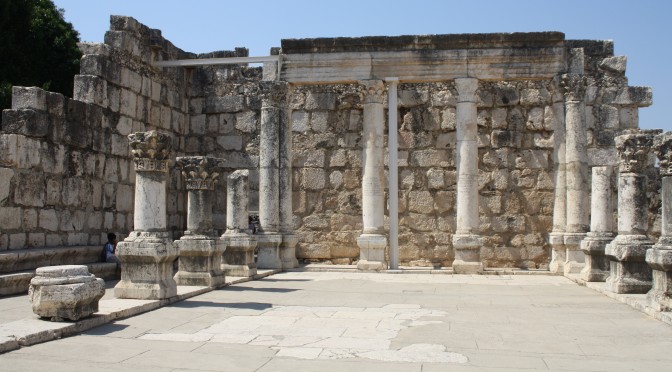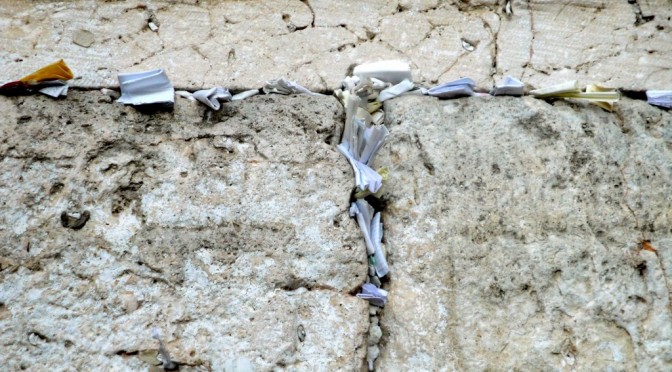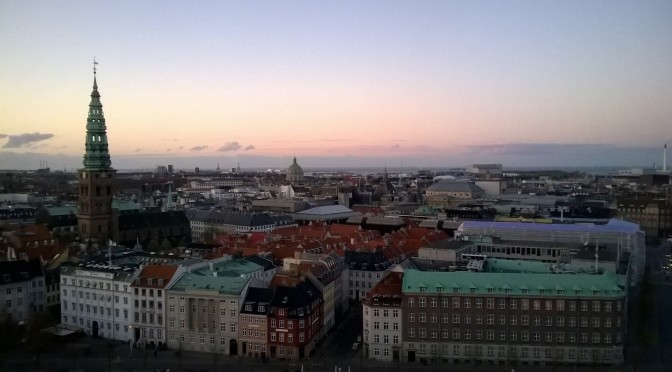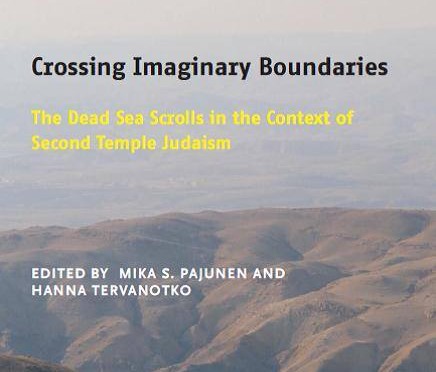What is your research about, in general terms?
For my research, I currently examine the impact of ‘materials’ in the development and shaping of Jewish religious rituals during what’s been termed the Late Second Temple period in the region of modern Israel/Palestine, that is, roughly the first century BCE and CE. In particular, I research two material features that were introduced into the region during this period: monumental, stand-alone synagogue buildings used for communal gatherings and domestic stepped pools used for purification rituals. Both aspects were used among Jews already before the first of these manmade structures was built. So, why were these structures introduced and so well spread out across Jewish society during the first century BCE and CE? This is a question that has received rather little attention in scholarship, where the idea often still lingers that a material change has little influence on the institution of synagogues and purity rituals. Societies were understood as ‘floating’ outside of the material world – uninfluenced by the material surroundings they themselves created. So my second research question is how then did the material elements of these synagogue buildings and stepped pools shape (or change) the related Jewish religious rituals?
What have I found out so far? Well, in my research I have emphasized, for example, the irregularity of water in these manmade pools, as during the long, dry summers in the region primary water needs (drinking, washing etc.) would come first. This raises the question if people would have shared these pools during such occasions, or whether the tradition of water purification was perhaps altered during such extreme periods, perhaps by simply pouring a smaller amount of ‘pure’ water over one’s body. I’ve also focused on how the standing water in these stepped pools would become dirty and unhealthy over time. With regard to the stand-alone synagogues, the main observation I have made so far is that they were not as ‘public’ as previously assumed. They are nothing like the later synagogues, built during the third to sixth centuries (or our current churches), with their large, grotesque doors (sometimes more than one) and monumental façades inviting the congregation to gather. Instead, the façade of these early synagogues was usually rather unimpressive and, due to a lack of decoration, would have blended in with the larger village surroundings in which it stood. Its door (usually not more than one) was more narrow and usually did not provide a direct line of sight into the main congregation hall of the synagogue. These observations fit well with earlier research that showed that only a rather small percentage (ca. 10-20%) of a town’s population would fit in these buildings. This evidence hints toward a split community to some degree: those who made the decisions and discussing town politics, and those who did not. There appears thus to have been a more significant social segregation in these communities than there was later on, when all people were invited to participate in the congregation.
Why particularly did you choose this topic?
I first came to this topic through my doctoral research at the University of Leuven, in Belgium. There I focused on the socio-cultural development of Galilee in the second century CE. To study this development, I also needed to contrast the period in question with what came before, so the first centuries BCE and CE. Doing so, I felt a kind of unease with the broad claims that were made in some studies about certain ‘traditional’ material elements used by Jews, such as stepped pools and synagogues. In many cases, it felt that these claims were more based on their particular understanding of the texts than on the actual archaeological remains. Why was no one bothered by the fact that the distribution of the archaeological phenomena is so uneven at times. To give one example, we have various homes in Sepphoris with more than one stepped pool, while in others none were found. Clearly there is something going on here in terms of economic, social, cultural, or religious differentiation between these homes which we cannot really put our finger yet on.
How would you describe the relevance of your work for society?
I have been struggling with this question for as long as I’ve been doing archaeology. Surely there is a certain societal relevance to my work, but it is not as straightforward and as easy to pin down as, for instance, medical research with the potential of saving babies’ lives. Yet, often it gets forgotten that in those fields, the role of the individual researcher is rather minor – only a small block in a long chain of research toward the actual societal result. The individuality of humanities research often makes the public—and even the researchers themselves—forget about their longer research chain and its societal results (and, thus, relevance). It is this, I think, that has led to the more recent criticism levelled against humanities research—the larger picture and relevance often gets lost. This is why being part of the CSTT is such a great experience—you feel the larger relevance of the centre, as well as that of your own research.
My archaeological research will not be of direct, physical relevance to the person on the street. However, the material emphasis in my study shifts the balance toward the everyday aspects not usually given attention in history books or textual sources, yet which of course played important roles in the community at that time and, as a result, was of significant influence to society. Moreover, archaeology’s concern with ‘context’ provides an opportunity to balance people’s black-and-white views on ancient as well as recent events. The strong partition in society that has grown so clearly over the last decade (producing extremists, nationalists, etc.) is often due to a lack of understanding of contextual information. In our globalized world with more information coming toward us than ever before, clarifying context is crucial.
Which archaeological find, of all those you’ve been a part of, was most exciting to you? Why?
I must confess, and this may sound odd, that I don’t have a particular find that has excited me the most. To be sure, last year’s mosaic floor at Horvat Kur was a very nice find. It hits a certain emotional level, as the inscription on it mentions the first known name of a person (Yudan bar Susu) to possibly have lived in this village in antiquity. It brings you closer to the actual people who lived here. Even the name of our site, ‘Horvat Kur’, is a modern one and we have no idea how the place was called in antiquity. But I cannot say that this personally was my most exciting find. Perhaps this sounds strange, but it is not the finds that excite me so much about archaeology. This is simply a consequence of the particular location where one digs—there’s more luck than skill in finding something spectacular.
Instead, I get more excited about the knowledge one is able to retrieve from a particular find, whatever it may be: a potsherd, a roof tile fragment, or a soil sample. This knowledge is not inherent in the find itself, but derives from the context where it was found. Perhaps the most exciting finds are the roof tile fragments found at Horvat Kur. Roof tiles? That sounds so dull! That may be, but petrographic research by our Horvat Kur team has shown that a considerable number of them were produced in the region of Cilicia, in south-west Turkey. The fact that a normal, small village in rural eastern Galilee used roof tiles made some 1000 km away shows how well-connected the Roman and Byzantine Empires were.
Is there anything you’ve researched that you never thought you’d find yourself interested in?
Well, this question fits my entire career in a way. It was never my plan to focus my research on Jewish and biblical history, let alone be physically working in a Biblical Studies department. It’s mainly my interest in research as such that brought me here, not the particular subjects themselves. I hold a (perhaps too) wide interest in archaeology, ranging from archaeological theory, ethics and the history of archaeology, to cultural heritage management and materials science. A mentor of mine in Leiden University, first enticed my interest in Roman archaeology, the cultural image of ‘Rome’ and its interaction with native subjects. The Roman Empire interests me, in part, because of how the West leans in its values and politics on Rome’s heritage, though I should say on their interpretation of this heritage. For my undergraduate thesis, I chose in 2005/6 one particular region to examine its cultural exchange with ‘Rome’. This became Galilee, in Israel. The initial topic turned out to be a bit larger than I expected… and, yes, I’m still working on it ten years later!
What are you working on at the moment?
Currently, I’m quite excited about plaster… especially the plaster that was used for the stepped pools in order to avoid seepage losses. I am currently planning to do a short field season with colleagues this summer to visit some sites and to analyze the plaster of some stepped pools there. I hope this investigation will show more regarding how it was made, where its natural components originated from, and perhaps if it can tell us something about the water that was held in these pools. Also we’re planning to build some digital 3D models of these pools using photogrammetry. We then can use these digital models for simulating the water level fluctuation in these pools based on paleo-climatic evidence.
Interview conducted by Helen Dixon
